KEITH REILLY / FABRIC
PEOPLEText: Monika Mogi
Keith Reilly founded Fabric, the legendary London nightclub in 1999. Although I’ve never been to fabric I have always seen it in travel guides and people say the nights there prove to be the most visionary discothèque experience. Reilly who relates to himself as a simple man, a man that doesn’t care for the extravagant lifestyle oddly enough built an environment of dancing, socializing, and luxury. The Italian premium casual brand DIESEL and Reilly came together to create an exhibition “US by fabric” at the Diesel Art Gallery in Shibuya to foucs on Fabric’s graphic works. Art that has been on the walls of fabric and that could possibly put you in the mood to escape your worries and disappear in it’s night scene…. The exhibition will be showing now to 15th December, 2013.
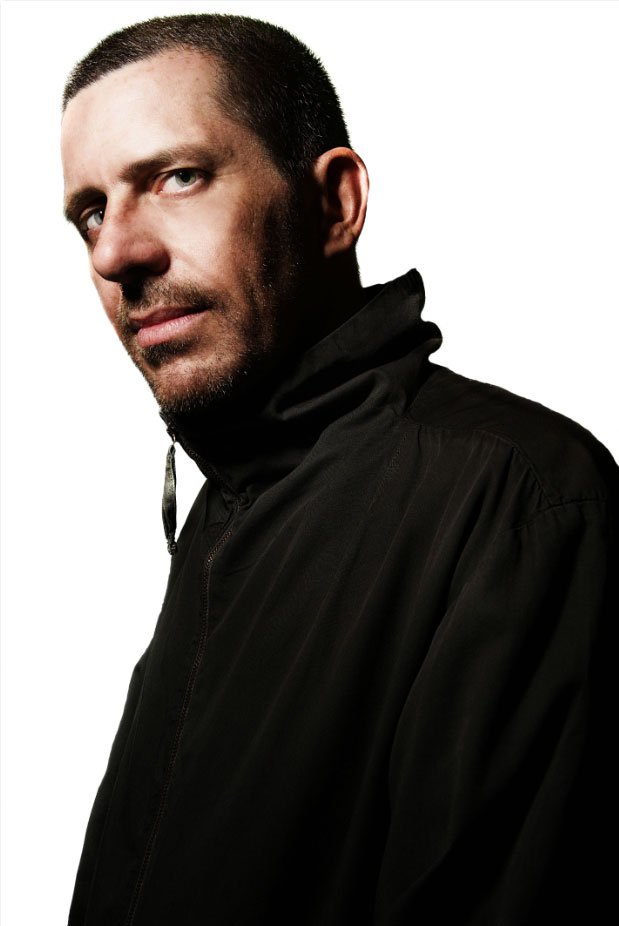
Tell us a little about yourself.
I have to admit that there isn’t that much to tell that is terribly interesting. I do not have an extravagant lifestyle. In fact I have a very simple life. I am very fortunate to work at a nightclub that allows me to indulge all of my passions for music and art. I have my two wonderful daughters Hannah and Georgia to keep me in line and that’s about it really. I guess I am happiest when reading or listening to music. What more could I ask for.
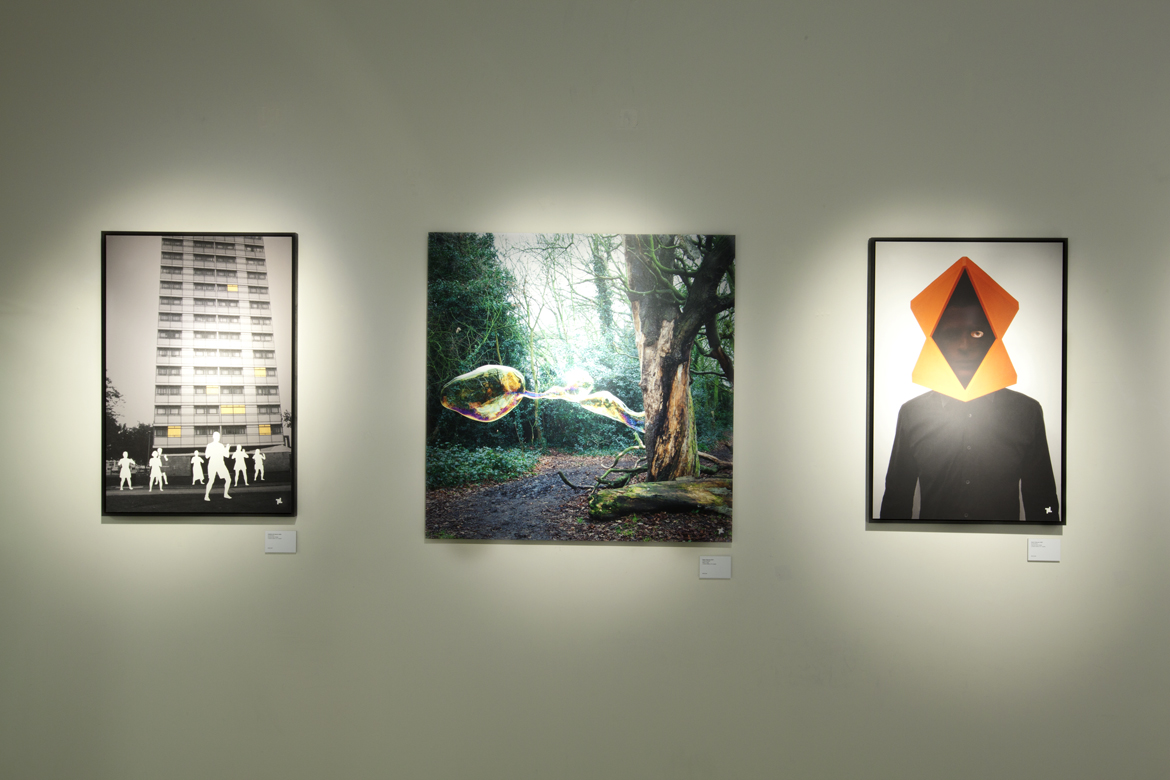
Photo: Nozomi Kato
What was the chance and concept for the first fabric exhibition in the world?
The opportunity to curate and display this collection is an extremely happy consequence of the invitation extended to us by Diesel. In fact it almost certainly would never have happened were it not for Diesel and the fact that it would be shown in Japan, and it most probably will never happen again. I have huge respect for Diesel and the support they show for the arts through projects such as the gallery in Tokyo and their Diesel:U:Music project. Unlike many other brands that sponsor events for no other reason than to force their logo upon you, Diesel actually create events, and do so with a sincerity that can only come from credible belief and understanding of the activities they nurture. I had a sensed of that from previous diesel events I have been involved with and that was immediately reinforced from the very first meeting with their team in Japan. We have been asked to exhibit this work before by other organisations but we refused simply because this sincerity was not there. The purity of Diesel’s agenda makes the entire project feel valid. There is no concept to the show. It is simply a retrospective collection of pieces from a vast body of that we have produced over 13 years. The selection process was truly agonizing, and I am still saddened that there were certain pieces that, for one reason or another didn’t make it. It was nice to have no underlying concept. It gave us complete freedom in the selection process, and perhaps it is better that way. Sticking to a concept would perhaps have polarised our choices that may have eroded the most important criteria, which must be, is it beautiful or not. That really is all that it should be about. It is easy to over analyse or intellectualise art and I guess we all do at times, but fundamentally the most important factor is the observer’s notion of beauty and whether the piece conforms to it or not.
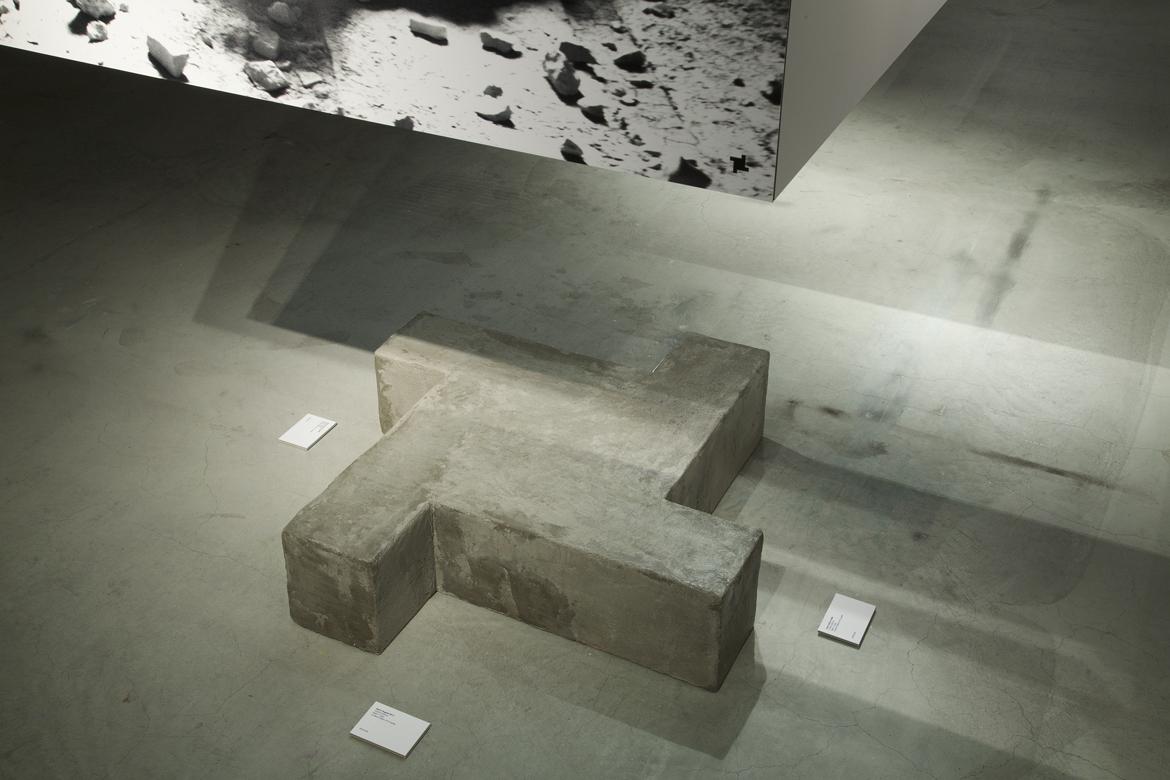
Photo: Nozomi Kato
Each artwork is very impressive. How many people are involved in these artworks and how are they created?
I should really begin by thanking you for your comment that they are impressive. It makes me very proud that you should think so. The works shown are substantially the work of two particular artists, Jonathon Cooke, and Roberto Rosolin. There is no particular format for the production of any piece or indeed the number or makeup of the team producing it. It would be fair to say that each piece is primarily the work of one individual, but there could be a supporting team of 4 or 5 people assisting that artist. This could include photographers, model makers, editors etc, but their contribution is in essence very much a support role under the direction of the artist. We use a multitude of techniques and processes to produce each piece. These include straightforward graphic design, photography, sculpture, model making, painting, even destruction. Sometimes we simply find something interesting, destroy it, erode it, or alter it in some way, then photograph it. The only thing we never ever do, is purchase finished work or stock photography. Every single piece is the product of experimental creation by our art department. Often many processes are utilised to create a single work. We may select a photograph from one of the numerous shoots we do, build a model in front of it, re shoot it, use another process to distress that photograph, perhaps with acid, or maybe just throw more paint or sand or ink on it, then take more photographs of it. There simply are no rules or set patterns to the work produced. It just has to be beautiful or engaging to us before we release it.
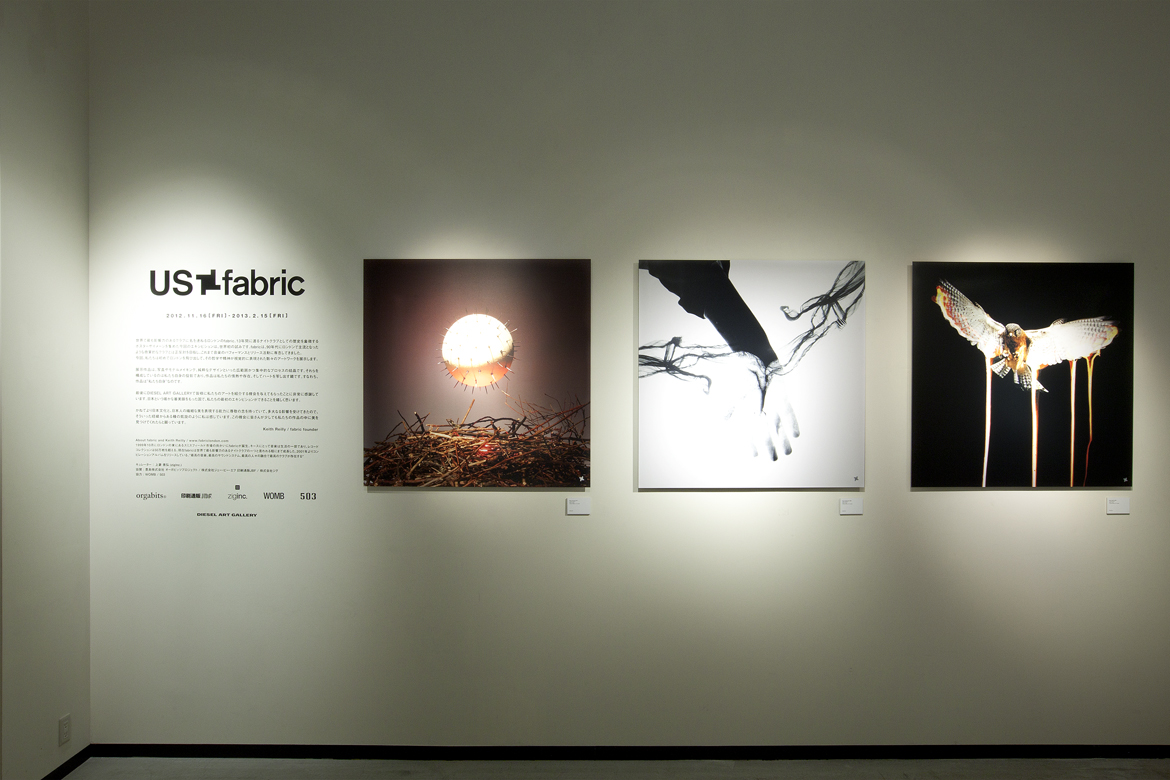
Photo: Nozomi Kato
Why do you think it is necessary for a club like “fabric” to show art?
I think it is necessary for anyone who produces art to show it. On a superficial level its just nice. People love art and love to look at it, but I think at this particular moment in modern history, Art and peoples access to it is perhaps more important than ever. There is so much ugly and violent stuff in our daily lives that confronts us, that we desperately need the counter balance of artistic beauty or people seem to become more acutely desensitised across a whole range of values and issues. Virtually every other element of human existence depletes or degrades our minds and our souls. But art, in all its forms, is one of the few treasures in our lives that remind us what it is to be human. To feel love, to feel empathy, to actually demonstrate a level compassion rather than just talk about it, and the tough one for many, to show a little selflessness occasionally. Have you ever enquired how many wars or conflicts are taking at any particular time, it is usually around 30. Have you ever wondered how many countries are being governed free from corruption, deceit and outright power lust? It is usually none. Have you ever stopped to consider approximately how many people there are worldwide whose daily existence is a matter of enduring far more than you could ever wish upon your worst enemy? With this amount of human suffering creating a wretched torturous existence for countless millions, shouldn’t it be incumbent on us to use art or any other mediums available to attempt to reverse or mitigate these trends. It might be heavy to contemplate art in this context, but you did ask and it is not fair of us to keep ignoring it whilst it continues. And it would be interesting to imagine how much more brutal the world we live in would be with absolutely no art at all would it not?
Even for those of us fortunate enough to live conventional lives, in so called developed countries, the daily task of simply surviving, through work or wit, is often very difficult for most, so a little beauty introduced into their lives can only make us all feel better, if you enjoy art of course. Hopefully if we all feel better we might start behaving better.
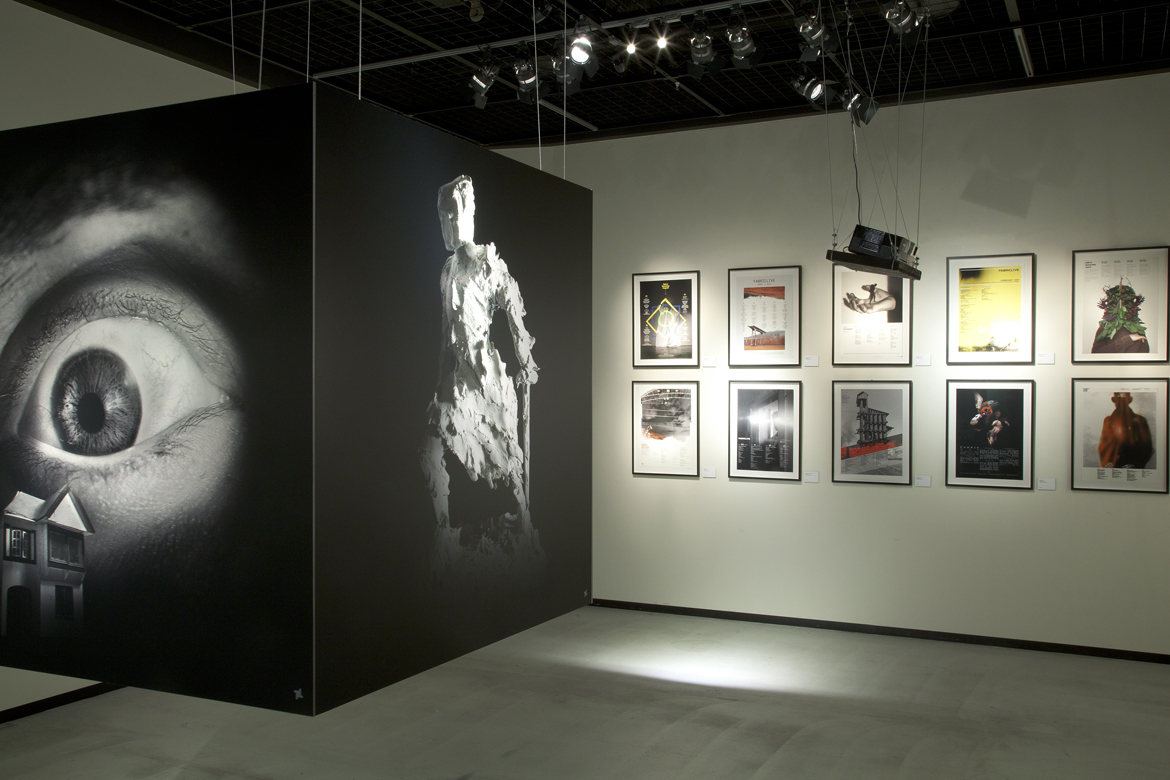
Photo: Nozomi Kato
What are the few things that have changed over the years within the atmosphere of “fabric”, or in London nightlife in general?
Nothing much ever changes at fabric except the music. It was always based on a very simple philosophy so it doesn’t need to change. It is no more than a a good sound system and an experimental meritocratic music policy. All it needs is a constant stream of new music, which thankfully is always there. Our job is to find it and present it. The scene has definitely become larger and more sophisticated. I think people are listening to better music now and I think they are more receptive and have a deeper understanding of music. They really know there stuff, and are always eager to discover knew music which is great for us because they are more forgiving if we take a chance on something and get it a bit wrong. It is for that which I love the fabric crowd most. They have always supported us so staunchly throughout whatever we have tried. They are the real champions of the business really. None if it works without their passion to hear new exciting music.
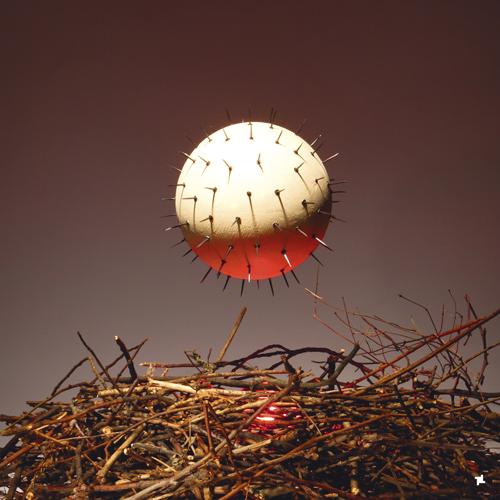
What does nightlife mean to you? Why do we need it to be social?
Nightlife to me has always been about discovery of new music. In fact I probably wouldn’t go out unless it was to see an artist that I am interested in. A large part of my life has been consumed by nightlife just because that’s when these things tend to happen. But I still love the fact that it occurs in the hours of darkness because that has always been the intrigue of nightlife. Whether it is about discovering a fresh or exciting new artist or a strange or new experience, it generally happens in the night. Everything comes alive at night. The weird, the wonderful and the exotic fragments of our lives all tend to happen at night. Everyone becomes someone else at night. Some of us are just more relaxed and fun to be with, and some completely reinvent themselves. Maybe that is why it is such a wonderfully social environment. There is also the obvious default nature of nightlife that work is over and it is time to explore or have fun. Whether we need it to be social or not, it will probably always be so for those very reasons, and the natural instinct we all have to socialise and communicate. For all our sophisticated and complex cultures within nightlife, it probably all comes down to the herd instinct within us ultimately.
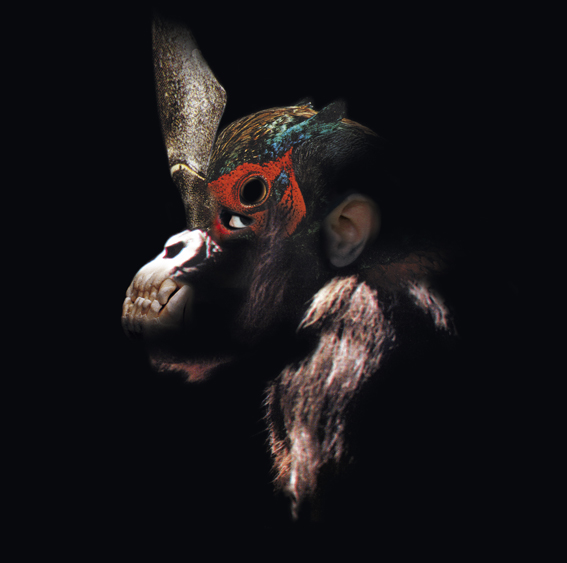
What are your favourite pieces showing at Diesel Art Gallery? And Why?
I usually try to avoid these questions for all the obvious reasons. But in this case I am happy to make a selection because it, in more ways than most symbolises the purpose for which we create and use this art. The piece I refer to is a 60’s image of a woman seated in an armchair with a man standing next to her. He has the head of a woodpecker and the image is splashed with black ink. I have chosen this image because I have always seen the use of imagery as a more polite and discreet visual language. It is nicer to suggest that our nightclub is different from others because we like things that look like this, rather than use the comparatively cruder medium of words. That is not to undermine the beauty or wonder of literature. It is simply that words are more restrictive in this arena. This is the zone where the vagaries of interpretation in imagery say a lot more whilst offending far less. And I think I like what this image says about fabric. I will leave you to your own interpretation of it.
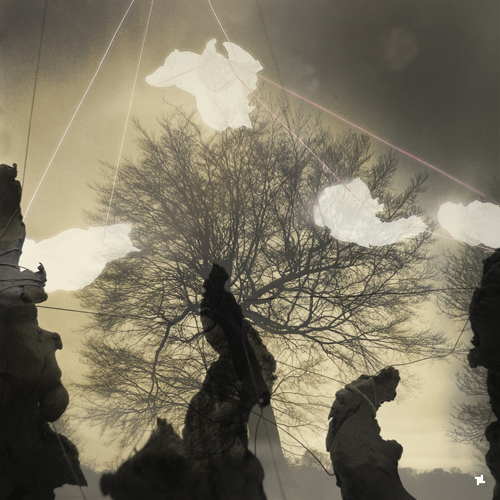
What do you think of modern Japanese art and the Tokyo nightlife? Would you say there is any club with comparison to “fabric”?
Wow. This one is tough because I am still such a tourist in Tokyo. First impressions are however undeniably overwhelming. With regard to modern Japanese art, this is a massive topic for me and I will only be able skim the surface because there is so very much about Japanese contemporary art that I wish to learn. I have an artist friend who I met in London called Hiraki Sawa. I was immediately drawn to the elements of his work that I had always cherished and loved about Japanese art. The supreme level of tender delicacy and serenity that is uncommon to the western eye. But there is so much more to his work, and through it I discovered other things like Butoh, which has captivated me and made me think very differently about performance aesthetics. But I am also very interested in architecture, and Tokyo is possibly the most majestic art-scape in itself that I have ever encountered. I am an ultra minimalist at heart and this place is simply heaven. I have seen buildings here, which are utterly spellbinding. And there are so many of them. This was only my second short visit to Tokyo, so it is still the beginning of a wonderful and big adventure for me. As for nightlife, it has been mainly restaurants to be honest so I can’t speak with any great authority. The restaurants of course have been fantastic. The joyous spirit of the Japanese people has like most of my experiences in Japan, defined the nightlife I have experienced so far. Everyone is so gracious, modest, and considerate it makes me feel ashamed to be European. We severely lack these noble qualities in Europe and especially England. We promoted a night with Womb, which was kind of a wrap party for the exhibition. It was truly amazing. If felt like being at home with the fabric crew. They are so similar to us with their approach and outlook to music, and we have a shared history in our struggle to continue promoting the music that we believe in. The production they created was something I will never forget, and reception we got is something that will live with me forever. I would to love to say thank you for every one involved in that especially Sabi (Executive Director Womb Tokyo) and his team.
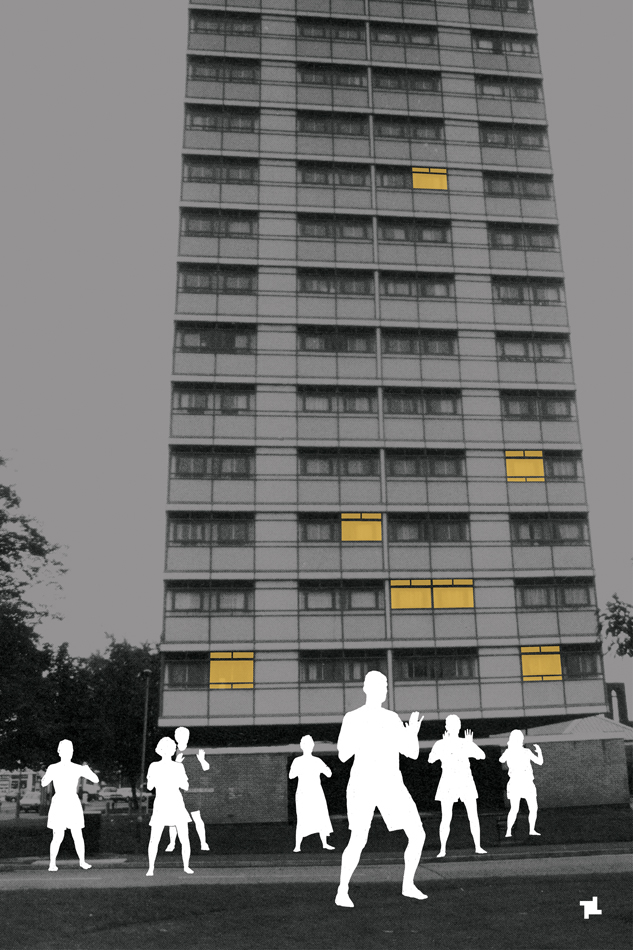
We understand that you will open a “fabric” office in Japan. What are your goals in the future?
That is true. We have opened fabric offices in Japan. We have deliberately not set any goals or objectives for a number of reasons. Firstly we really wanted to concentrate on the exhibition with Diesel. As I stated earlier we would never have been able to do this without them and we were so deeply honoured that they invited us. Secondly, I want this to be more of a cultural exchange than a branding exercise. A lot of brands can appear quite arrogant, springing up here there and everywhere, telling us how we should look, what we should be listening to, what we should be buying etc. I feel we have as much to learn from our Japanese contemporaries, if not more, and I know I will be much happier with the slow unpredicted organic development of projects that occur naturally through the relationships we develop here. It would be fair to say that these will also quite naturally be within the sphere of music art and lifestyle, but who knows. That’s the joy art and music. You never quite know what is going to happen.
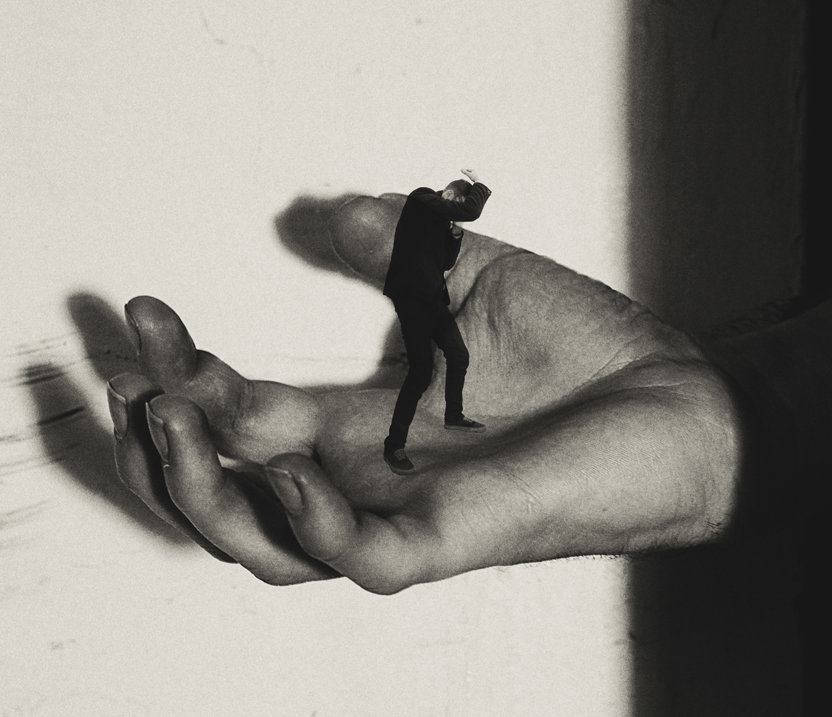
Please give a message to Japanese readers.
I would simply wish to thank your readers and indeed everyone that forms rich and beautiful Japanese culture for everything that it has given me. For the wonder and beauty of your art, culture, architecture and inimitable style I thank you deeply, for they have brought immense joy into my life. For the warmth and gracious reception that I have received from absolutely everyone I have met, I salute you. It truly amazes me and comforts me to know that people can be nicer to one another. When anything is part of your everyday life it is easy to be complacent or not notice these things. So don’t forget to cherish your culture. It is all yours to behold and enjoy, and it is very special indeed.
US by fabric
Date: November 16th, 2012 – February 15th, 2013
Opening Hour: 11:30 – 21:00
Place: DIESEL ART GALLERY
Artist: Keith Reilly / fabric
Curator: Yoshihiro Kozuma / ziginc.
Address: cocoti B1F, 1-23-16, Shibuya, Shibuya-ku, Tokyo
Tel: +81 (0)3 6427 5955
https://www.diesel.co.jp/art
Text: Monika Mogi
Photos: Nozomi Kato




